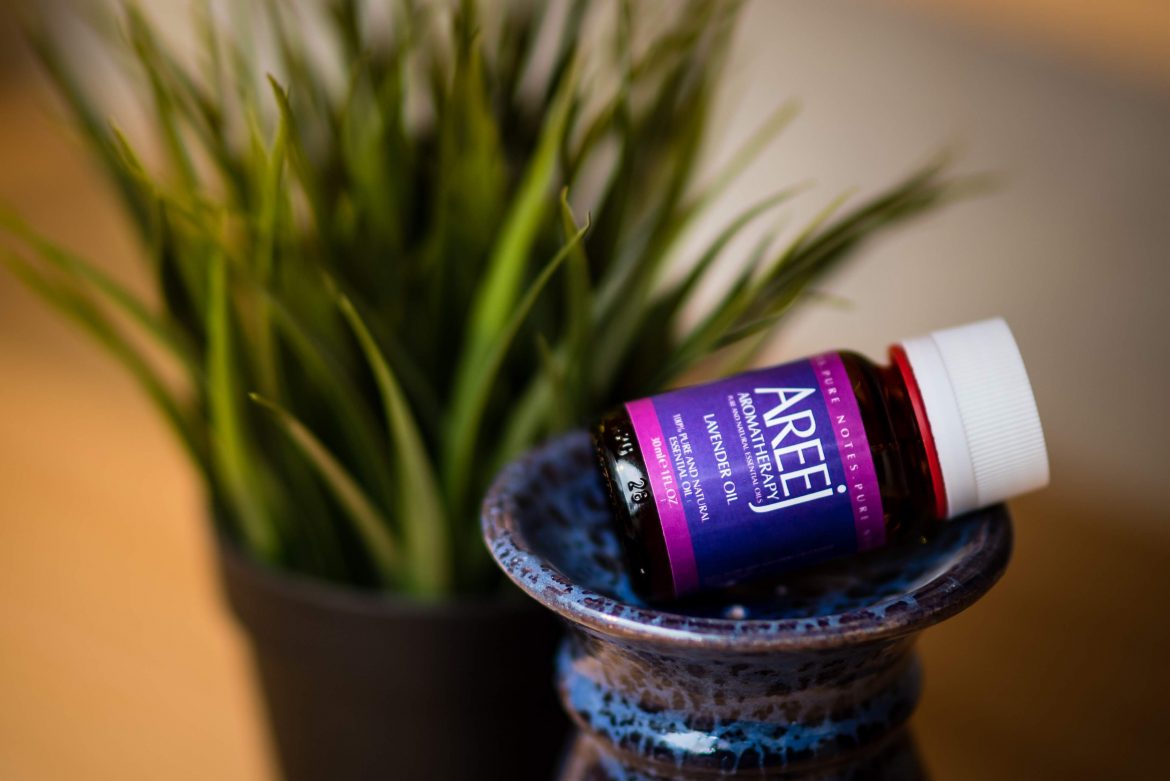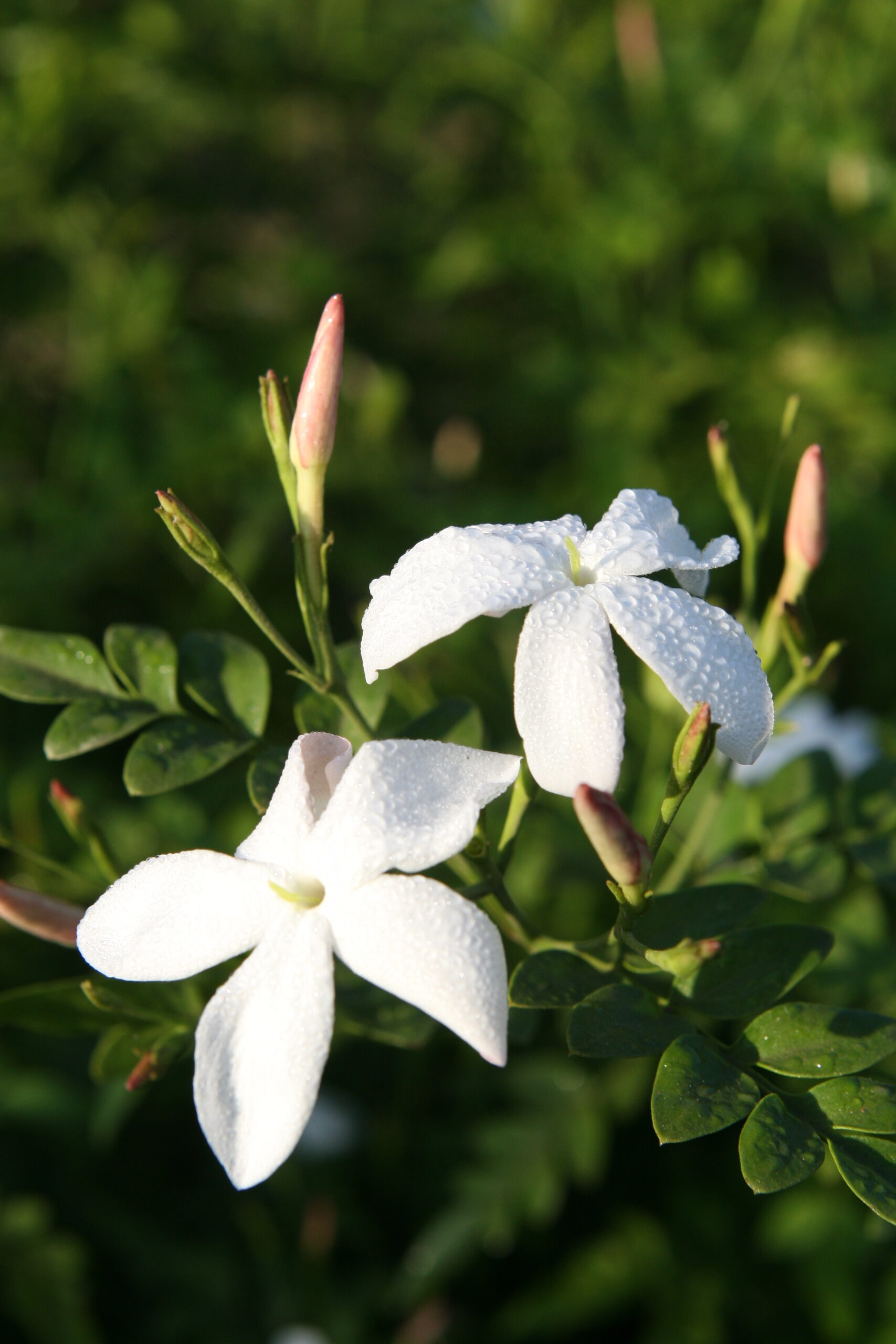No products in the cart.
Supercritical Extraction / CO2 Extraction
- The method uses carbon dioxide under pressure to extract the volatile components of the plant.
- An extremely expensive process, but also yields very concentrated extracts.
- The process has the most success using dried plant materials or concretes as starting materials.
Process:
- Dried plant material or concrete is loaded into a vessel.
- CO2 is administered under various constant temperatures and high pressures.
- The final product is a CO2 extract.
- The solvent is removed under vacuum from the plant/solvent mixture.
Example: Ginger CO2 extract
Note: This method is mostly done on spice materials, vanilla, and concretes of floral materials.
Enfleurage
- A process that is a form of solvent extraction using animal or plant fats/oils.
- Usually, this process is done with fresh flowers from the plant.
- This process was developed by ancient Egyptians and is one of the earliest forms of plant extractions for cosmetics.
Process:
- Glass trays are covered by animal or plant fat/oils.
- Fresh flowers are placed on the trays.
- The trays are left for several days/weeks in order for the fat/oil to absorb the essential oil from the flowers.
- Fresh flowers are replaced several times on the trays, so the fats/oils can absorb more of the essential oil from the plant.
- The flowers are removed from the trays.
- The fat/oil materials are solubilized in alcohol.
- The alcohol is evaporated off.
- The final product is the floral enfleurage.
Example: Jasmine Enfleurage
Note: This process usually yields a weaker product compared to absolutes because the solvents used to produce the absolutes are stronger than the plant oil/fats. Therefore, the solvent pulls more essential oil from the plants than the animal fat/plant oils.




